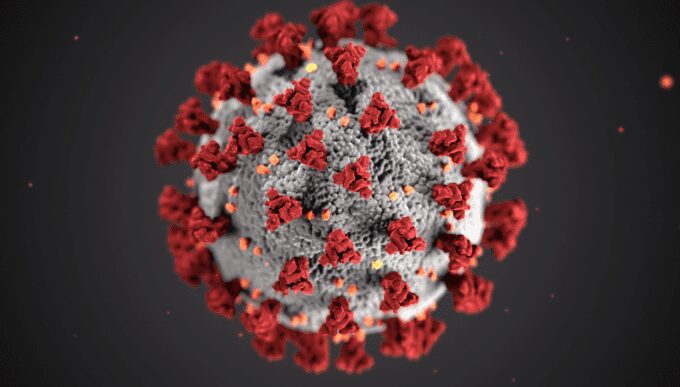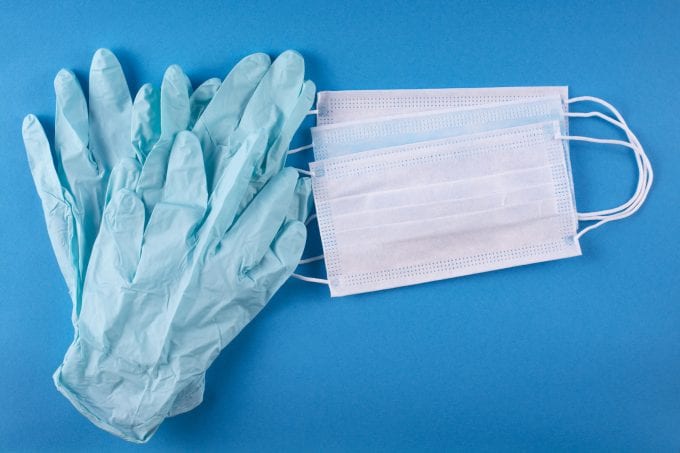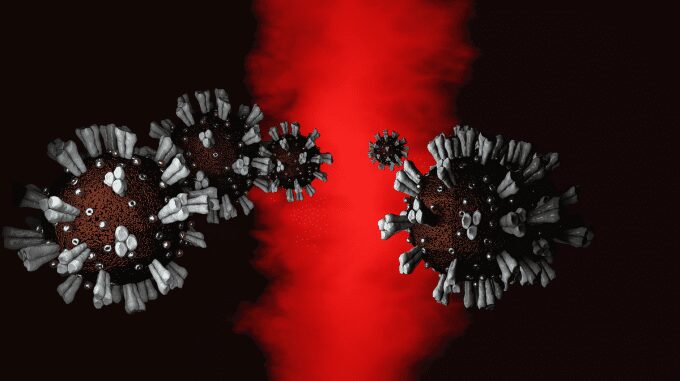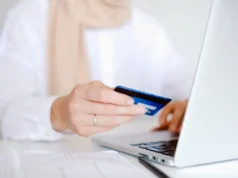We’re at a time in the U.S. where we’re carefully weighing the reopening of businesses and the economy. Most public health officials and politicians have suggested that our economy will gradually reopen, as is being done in places like Spain.
Depending on where you live in the U.S., you might also see things reopening sooner than you would in other parts of the country.
With that in mind, all businesses are going to have to think about keeping the coronavirus in mind as far as how they operate on a day-to-day basis.
A lot of the work that’s going to be done to keep the virus at bay when people return to their normal lives will involve not just personal hygiene but also proper sanitation of surfaces, for more click here.
The following are some of the important things to know about coronavirus and surfaces. Also, you can read about how it affects businesses around the country and what are some of the things employees can do in order to protect themselves.
The Spread of Covid-19

First and foremost, it’s important to understand how covid-19 spreads if you have a business so you can protect your employees and your customer.
Based on currently available information, covid-19 spreads from person-to-person through respiratory droplets. It usually occurs when people are within six feet of one another, and medical professionals and researchers aren’t yet sure if it can be transmitted through infected aerosols.
The Centers for Disease Control and Prevention reports the transmission of coronavirus occurs much more frequently through respiratory droplets rather than contaminated surfaces, and currently, there aren’t any known transmissions through surfaces.
If you have a business or facility, you’ll have to think about things like how big the room is and how the ventilation system is designed.
Researchers are also unsure of how long the air in a space where an infected person was might retain these particles.
Cleaning vs. Disinfecting

There are differences in the technical sense between cleaning and disinfecting.
Cleaning can mean that you’re removing germs from surfaces as well as dirt and other impurities. You are removing germs, so reducing the likelihood of having an infection spread, but you’re not necessarily killing the germs.
Disinfecting means that you’re using chemicals to kill germs that are located on surfaces.
What usually happens is that first, you clean and then you disinfect a surface.
In your home or business, you should always clean and disinfect the commonly touched surfaces.
This includes things like phones, tablets, touch screens, and doorknobs.
If you’re cleaning a hard surface and it’s dirty, you should first use soap and water or detergent.
Then, you can disinfect.
To disinfect, you can use a bleach solution diluted with water. You can also check with the CDC as far as their guidance about EPA-registered household disinfectants.
If you have a porous surface, like rugs or carpets, you’ll need to wash the items with the hottest water that’s appropriate.
Personal Protective Equipment

Depending on the type of business you have and the work your employees do, you might need some type of personal protective equipment.
This might mean your employees wear masks and gloves, for example.
Gloves can get a little tricky because people will often wear them and touch many surfaces and then they aren’t washing their hands and their gloves are dirty.
If your employees are going to be wearing gloves, you should go over best practices with them and perhaps post reminders throughout the workplace.
Employees should also be encouraged to wash their hands often, including right after they remove their gloves.
They should wash them with soap and water for at least 20 seconds and use a sanitizer that’s alcohol-based if hand-washing isn’t available.
Advertising Kiosks
In addition, there has been an increase in the use of wellness kiosks for advertising as businesses and organizations have become more focused on health and wellness in the wake of the pandemic. These kiosks display advertisements on their screens, providing a unique opportunity for businesses to reach consumers in a health-conscious environment. For instance, Terraboost Advertising Kiosks are placed within 30,000 retail locations to provide wellness billboards to bolster health and wellness to their billions of guests. They also
offer a convenient way for people to access hand sanitizer and other hygiene products, which is especially important during increased health concerns.
How Long Does Covid-19 Last on Surfaces?

There was a recent report from the CDC that indicated RNA from the covid-19 virus could potentially stay on surfaces much longer than we initially realized.
The CDC looked at the Diamond Princess cruise ship 17 days after the passengers disembarked.
They found viral RNA in the cabins that hadn’t been cleaned yet. However, there is a distinction to be made here. The virus could be detected, but it doesn’t necessarily mean it could infect someone or that it was viable.
What it meant is that some parts of the virus were left behind.
There was a study published in the New England Journal of Medicine that found stability of the virus on different surfaces in a controlled lab.
For example, in the lab setting, it was detectable on copper for up to four hours. It was detectable on plastic and steel for up to 72 hours and carboard up to 24 hours.
However, researchers noted the amount of detectable virus decreased quickly on those surfaces, so they believe it would likely reduce the risk of becoming infected by touching a surface.
If you had just one particle of the virus on your hands or you were exposed to one particle, you would be unlikely to be infected.
The fewer particles you are exposed to, the less likely you are to get infected.
People have worried quite a bit about whether their groceries, packages, or the contents of a package could infect them.
The biggest risk in this topic of discussion would be if someone delivered something to your house while they were sick.
If you open a package or get a grocery delivery, wash your hands after touching the outside surface.
It would be much less likely that what’s inside a package would lead to infection.
For businesses that are essential or that are looking forward to reopening, many of the guidelines to keep in mind as far as covid-19 and surfaces are what you would expect.
There’s not a lot that’s out of the ordinary as far as how to safeguard against infection, and if you have a business where there are a lot of people that come in, and our or your employees are frequently exposed to the public, do your best to protect them.
Some businesses are being required by their local and state governments to provide face masks as well.









